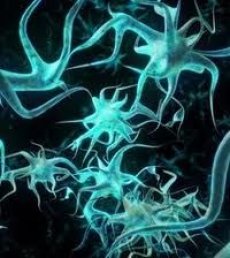Medical expert of the article
New publications
Nervous system stem cells may cure diabetes mellitus
Last reviewed: 30.06.2025

All iLive content is medically reviewed or fact checked to ensure as much factual accuracy as possible.
We have strict sourcing guidelines and only link to reputable media sites, academic research institutions and, whenever possible, medically peer reviewed studies. Note that the numbers in parentheses ([1], [2], etc.) are clickable links to these studies.
If you feel that any of our content is inaccurate, out-of-date, or otherwise questionable, please select it and press Ctrl + Enter.

Nervous system stem cells can replace non-functioning pancreatic cells without any genetic modification.
The hormone insulin is produced by endocrine cells of the pancreas, called beta cells. If the immune system attacks beta cells, type 1 diabetes occurs. And if the cells are unable to produce enough insulin, we talk about type 2 diabetes. In both cases, the level of insulin in the blood drops, which leads to the loss of the ability of tissues and organs to absorb glucose. As research by Tomoko Kuwabara (AIST Institute, Japan) has shown, both types of diabetes can be defeated with the help of neural stem cells that are preserved in a healthy person.
Neural stem cells are hidden in two "storages": in the hippocampus and the olfactory bulb. It should be noted that the idea of transplanting stem cells into the pancreas is not new. Previously, scientists tried to implant intestinal, liver and blood stem cells, but the necessary conditions for teaching such cells to synthesize insulin were genetic engineering manipulations. Therefore, scientists had certain concerns about the safety of these procedures for the body due to the possibility of cancerous degeneration of stem cells.
Japanese scientists were able to do without genetic engineering manipulations on stem cells. The cells themselves were obtained through the nose using an endoscope. The next step was to combine the stem cell with the human protein Wnt3a, responsible for the synthesis of insulin, and antibodies against cellular blockers of hormone production. These cells were grown for 2 weeks, after which they were transplanted onto a special collagen sheet. Then this sheet, together with the stem cells, was transplanted onto the diseased pancreas of animals.
The results of the experiment showed that just two weeks after the transplant, the level of insulin in the animals’ blood reached normal values, regardless of the type of diabetes.
It only remains to confirm that human neural stem cells are also suitable for creating an “anti-diabetic prosthesis.”


 [
[